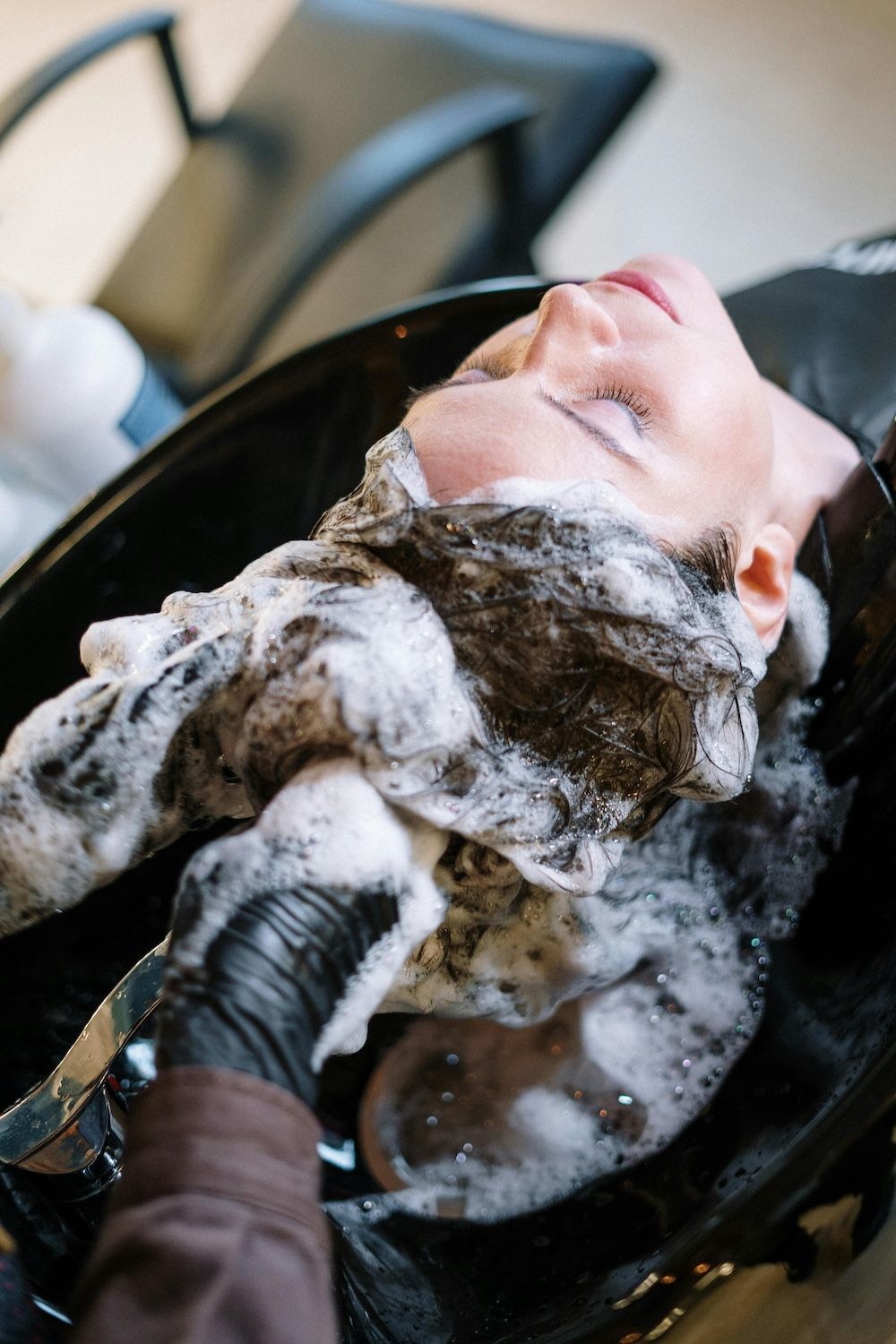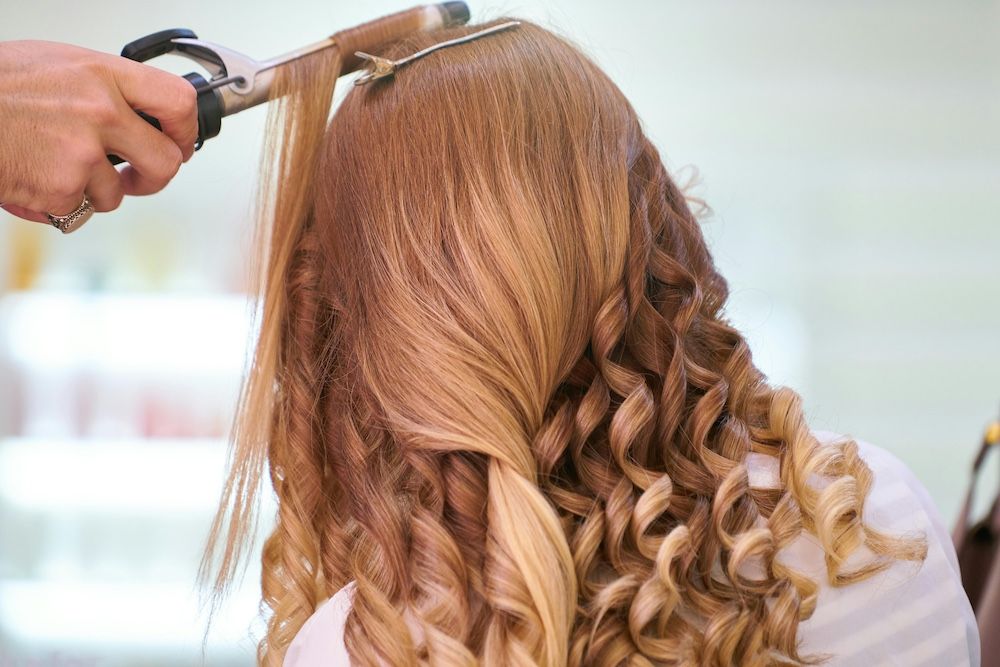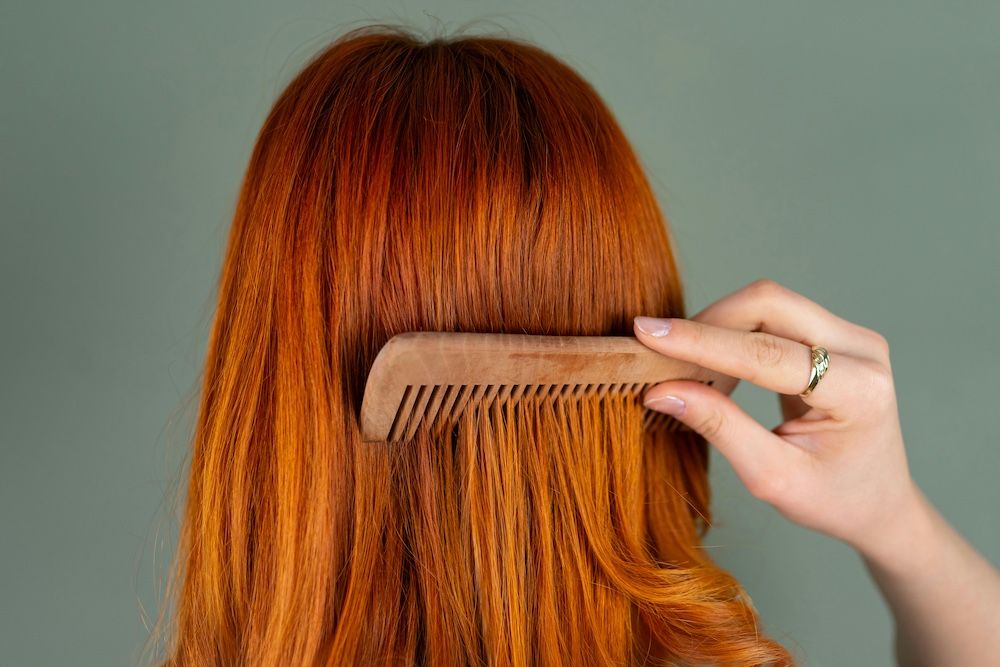Hair is an important accessory organ of the body, composed of keratin, forming a specialized fibrous structure. Hair grows from hair follicles located in the dermis layer of the skin, distributed across the scalp, with density varying among individuals. The color, texture, and shape of hair are determined by a combination of genetics, ethnicity, age, and environmental factors.
Hair protects the scalp from ultraviolet radiation, regulates head temperature, and assists in sensing the external environment. The length and style of hair are often influenced by cultural traditions, social norms, and personal aesthetics.
The structure of hair is divided into the visible hair shaft and the hidden follicle part within the skin. The hair shaft is composed of the cuticle, cortex, and medulla. The cuticle, the outermost layer, consists of overlapping scale-like cells, serving a protective function. The cortex makes up the majority of the hair and is composed of keratin fibers and pigment granules, determining the strength, elasticity, and color of hair. The medulla, located at the center of the hair shaft, is a porous structure, though not all hair types have a prominent medulla.
Hair growth follows a cyclical pattern, including the anagen (growth), catagen (transition), and telogen (resting) phases. The anagen phase is the period of active hair growth, lasting between 2 to 6 years. The catagen phase is a transitional period of reduced follicular activity, lasting a few weeks. The telogen phase is a resting stage lasting about three months, after which hair falls out, making room for new growth. On average, 50 to 100 hairs fall out daily, which is a natural physiological process.
Some individuals have naturally straight hair, while others have curly or wavy hair, which depends on the shape of the hair follicles and the angle of hair growth. Straight hair follicles are more circular, whereas curly hair follicles are oval or irregular in shape. Hair color is determined by melanin, including eumelanin and pheomelanin. When melanin decreases or disappears, hair turns gray or white, which is a natural part of aging.


Hair health is influenced by nutrition, hormonal levels, lifestyle, and external care. Vitamins, minerals, and proteins are essential for hair growth and repair. Stress, poor diet, pollution, and excessive chemical treatments can lead to brittle or thinning hair. Proper care, such as regular cleansing, moisturizing, and avoiding high heat, helps maintain healthy and shiny hair.
Caring for hair involves both internal nourishment and external maintenance to preserve its health, shine, and resilience. A balanced diet is the foundation of healthy hair, with recommended intake of protein, vitamins, and minerals from foods like eggs, fish, nuts, fresh vegetables, and fruits. B vitamins, vitamin E, iron, and zinc are particularly important for hair growth. Adequate water intake also supports hydration for the hair and scalp.
Avoiding excessive washing is key to protecting hair. Washing daily may strip the hair and scalp of natural oils. It is advised to wash according to individual hair type, using shampoos and conditioners suitable for one’s hair. Avoid products with harsh cleansing agents to minimize scalp irritation. Use lukewarm water when washing, as hot water can dehydrate hair, making it dry and brittle. After washing, gently pat the hair dry instead of rubbing vigorously with a towel to reduce mechanical damage.

Hair care should also involve minimizing the use of heat styling tools such as blow dryers, curling irons, and straighteners. If necessary, opt for low-temperature settings and apply hair oils or heat protectant sprays before use to reduce heat damage. Chemical treatments like dyeing, perming, and straightening weaken the hair structure, so these should be done sparingly, with deep conditioning treatments afterward.

When detangling hair, use a wide-tooth comb or a soft-bristle brush to avoid tugging. Start from the tips and gradually work your way up to minimize knots and breakage. Avoid combing wet hair aggressively, as it is more fragile and prone to damage.

Regular trimming is essential for maintaining hair health. Even without a specific hairstyle in mind, trimming the ends every 6 to 8 weeks helps reduce split ends, promoting healthier growth.
Protecting hair from environmental damage is equally important. On sunny days, wearing a hat or using hair products with UV protection can shield hair from harmful rays. Minimizing exposure to excessive pollution, dust, or chemicals is necessary, as these can weaken the hair’s natural barrier, leading to dryness and dullness.

Maintaining a healthy lifestyle is crucial. Moderate exercise enhances blood circulation, delivering nutrients and oxygen to the scalp and hair follicles. Avoiding excessive stress is important, as stress can trigger hormonal changes that may lead to hair loss or scalp problems. Consistent sleep patterns and adequate rest also contribute to sustaining healthy hair.
By adopting a comprehensive approach to hair care and maintaining consistent habits, one can effectively protect hair, making it smoother, shinier, and more resilient.





